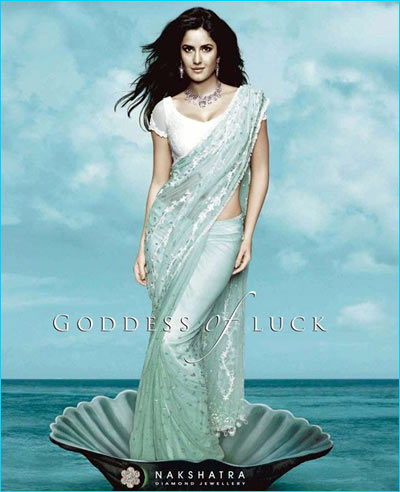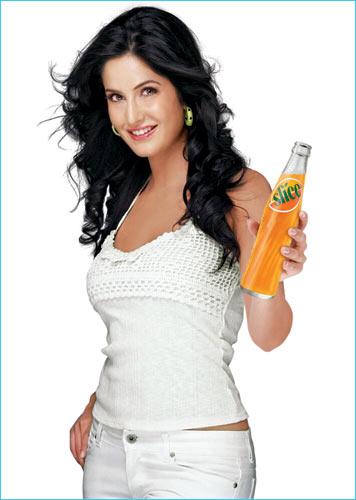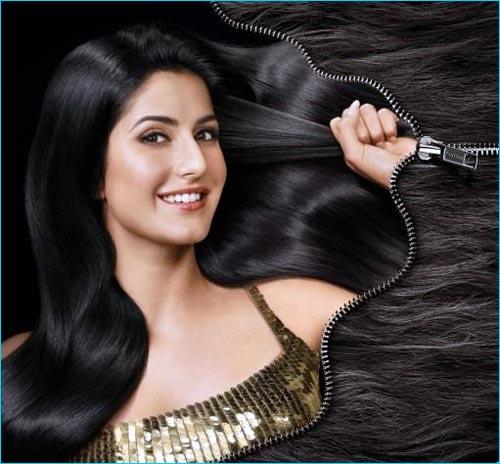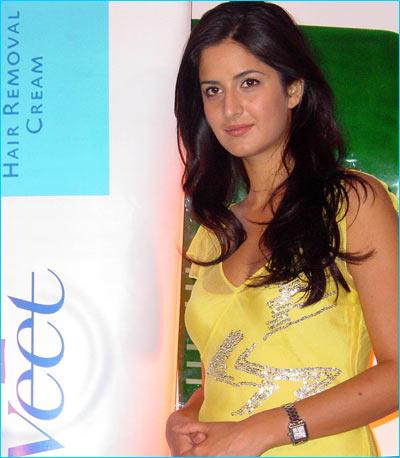



Ujjwal
Hearts are fragile. Don't give them to those who plan to juggle with it. Rather wait for the one who will take care of it.
There are many ways to create a résumé, but you need to find the best way to display your skills and experience. Every person's career history is different, and you will want to use the résumé style that puts your career history in the most attractive light. Think carefully about which style to use.
Your job search and career goals are also unique to you. You need to take into account the stage your career is at. Do you plan to stay in your field, or do you want to change careers? Has your career development followed a traditional path? Are you looking for your first job? Perhaps you are aiming for a specific job or company. Match your job search goals to the formats described below to find the one that will get you on the road to landing your perfect job.
Yes. But here we will focus on four of the most common types:
Typically, no. However, if you have created one kind of résumé, say a standard résumé (chronological or functional), and an opportunity arises for which one of the other résumés is better, then you should create a second résumé
Just a few years ago every résumé had to start off with an objective, a short paragraph explaining exactly what type of job being sought. These days objectives are not always appropriate, so think carefully about whether you need to include one or not. They are useful when you are sending your résumé speculatively. If you decide to include an objective on your résumé, it should be concise, specific, and forthright. An objective that is too general, such as "Seeking position in graphic design," is not worth the bother of including. Try something like "An experienced graphic designer is seeking a position to make full use of comprehensive background in web design and graphic arts. I am looking for a challenging Senior Designer position that will enable me to use and expand my creative skills in the graphic design industry."
As we have mentioned, there are four main types:
A chronological résumé has, for a long time, been the most popular type of résumé by far, and it still is. But the other three types have their strengths as well, and there may be times in your career when one of these will suit your purposes better. In the modern marketplace, it is common for people to change careers several times in the course of their working lives. If you are thinking about a dramatic change, a nontraditional résumé may be right for you. Read the sections below for more targeted advice.
If you've been working for some time, summarize the early part of your career history. You only need to be detailed in your descriptions of your last four or five positions.
One of the features of the functional résumé is that it allows you to describe your skills and accomplishments without identifying the relevant employer. This is essential when you have signed a nondisclosure agreement with your current or previous employer, which prevents you from revealing specific information about a job or project to potential competitors. Nondisclosure agreements aren't appropriate for every industry, but are crop up regularly in high-tech or research companies.
With all the effort you are putting into the content of your résumé, spend some time on how the résumé looks and feels as well. You want to present all the information to its best advantage.
It may be tempting to write everything you can think of in an attempt to impress your reader. But recruiters and employers are looking for candidates who can get right to the point and communicate clearly and effectively. Focus on the key points you have identified that are most likely to get you an interview.
If you lack résumé-writing experience, yours may end up a mixture of job listings, skills, and accomplishments, which will only confuse your reader. To avoid this, start by determining which type of résumé is best suited to your objective.
A career adviser can help if you are struggling with the different résumé styles. Researching libraries and telephone directories can help you find a list of career advisers to choose from. Bear in mind that rates can vary significantly for this service. If you are a student, there may be a career adviser who can help you for free at a local continuing education college.
Do not make this common mistake. If you wrote in your cover letter that you would telephone to arrange an interview, make a note of the date and follow up. It may be difficult to make the call, knowing you may get rejected, but neglecting to call will guarantee you never get the job!
In any competitive endeavor, a certain amount of rejection is guaranteed, and job hunting is no different. When—not if—you receive rejections, remind yourself that it is part of the process. Every "No" puts you that much closer to a "Yes."
You won't see it on a B-school curriculum, but knowing your way around a wine list is a key skill to have if you want to impress your boss or client at a meal. This quick guide to the top varietals will help you understand exactly what's different about a chardonnay and a Chablis.
Beaujolais (boh-zhoh-lay): A light, fruity red wine from the Beaujolais region in southern Burgundy.
Bordeaux (bore-doh): A region of southwestern France and home to what many consider some of the world's greatest wines. Bordeaux wines are usually a blend of grapes including cabernet sauvignon, merlot, cabernet franc. (See also claret and meritage.)
Burgundy (ber-gun-dee): Many consider France's Burgundy region to be the home of the world's best wines, and the Burgundy versus Bordeaux thing is a big catfight among wine snobs. White Burgundies usually come from chardonnay grapes and red Burgundies from pinot noir. Inexpensive American wines labeled "Burgundy" are fakes.
cabernet sauvignon (ca-ber-nay soh-vin-yon): Considered one of the "noble" red wine grapes because of its high quality, "cab" is usually dark and full-bodied.
Chablis (sha-blee): White wine made from chardonnay grapes in the Chablis region of northern Burgundy, France. Any wine labeled Chablis that doesn't actually come from Chablis is not a true Chablis.
Champagne (sham-pain): Sparkling or bubbly wine made in the Champagne region of France. Other types of bubbly include cava (Spain), prosecco (Italy), spumante (Italy), and sekt (Germany). Most others are just sparkling wine.
chardonnay (shar-doh-nay): The world's most-produced white wine. Robust and highly versatile, this grape can pick up all kinds of flavors. In general, French chardonnays, such as Chablis, have a simpler taste, while California-style "chards" are full of fruit and oak.
Chateauneuf-du-Pape (sha-toh-noof-doo-pop): Literally "new castle of the Pope" (it's a medieval thing), Chateauneuf-du-Pape wines are usually made from a blend of grapes and can be either red or white. Considered quite fine (Ernest Hemingway was a big fan), they can be identified by the papal coat of arms on the bottle.
Chianti (kee-ahn-tee): A dry red wine from Tuscany, in northern Italy, made from sangiovese and other grapes.
claret (clar-ette, not clar-ay): A peculiar term used in England for red Bordeaux wines or wines in the same style. It comes from a misunderstanding that stems back to the Middle Ages. Don't ask.
Cotes-du-Rhone (coat-doo-roan): Red and white wines made from the French Cotes-du-Rhone region made from a blend of varietals.
gewurztraminer (gah-vert-strah-mee-ner): A white grape grown in Alsace, Germany; New York; and on the west coast of the U.S. "Gewurz" wines tend toward the sweet and fruity end of the spectrum.
meritage (like "heritage" but with an "m"): A term used to distinguish wines made in the style of Bordeaux blends outside the Bordeaux region. They're basically clarets made in the U.S., Australia, or South Africa.
merlot (mer-loh): The ever-popular red grape, second only to cabernet. Merlot varies from medium- to full-bodied and can sometimes be mistaken for cab.
pinot blanc (French: pee-noh blahnk), pinot grigio (Italian: pee-noh gree-zhee-oh): A white grape that produces a dry, full-bodied white wine.
pinot noir (pee-noh nwar): A red grape originally from the Burgundy region of France but now grown in California, Oregon, and elsewhere. It can make highly complex wines, often described as earthy and velvety.
Pouilly-Fuisse (poo-yee fwee-say): A white Burgundy made from chardonnay grapes.
riesling (reez-ling): A German white grape from the Rhine and Mosel regions that makes a slightly sweet, somewhat acidic wine.
Rioja (ree-oh-ha): Blended red, white, or rose wines made in Spain's Rioja region.
rose (roh-zay): Pink wine made from red grapes, with the skins left in just long enough to tint the juice. There are many good roses, but steer clear of white zinfandel, white shiraz, or blush wines. They're strictly for rookies.
sauvignon blanc (soh-vin-yon blahnk): A white grape from the Loire and Bordeaux regions of France. Now grown just about everywhere, it makes a light, refreshing wine.
shiraz (shih-raz): Syrah from Australia or South Africa.
syrah (sir-ah): A red grape from the Rhone region of France, often used in Chateauneuf-du-Pape wines. Now grown all over the world, syrah is a popular varietal on its own.
zinfandel (just as it is spelled): California's special wine, noted for its raisin and jam flavors. Initially believed to be an indigenous grape, DNA sourcing has shown it to be identical to grapes grown in Italy and Eastern Europe. The California climate renders these wines unique, which just goes to show that region can trump varietal in wine-making.
|